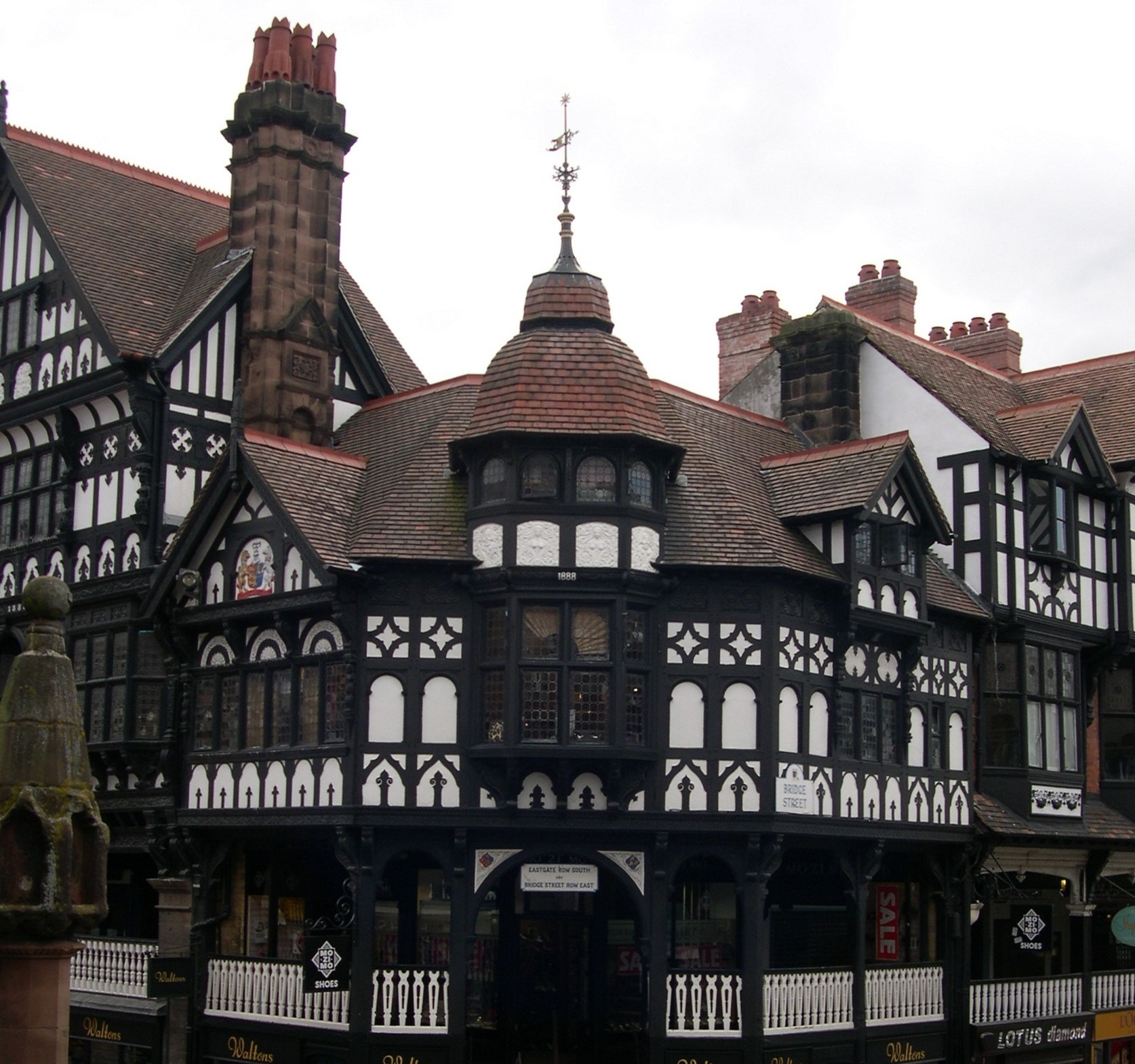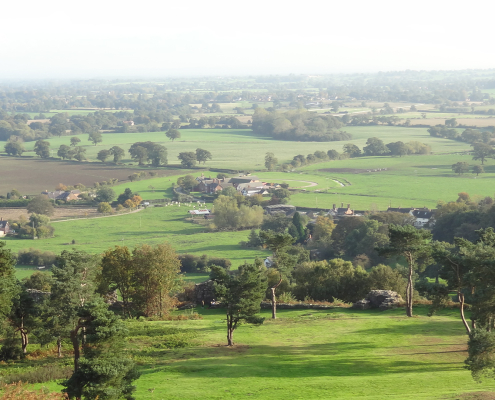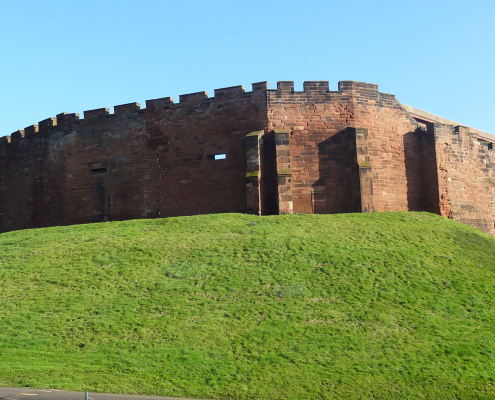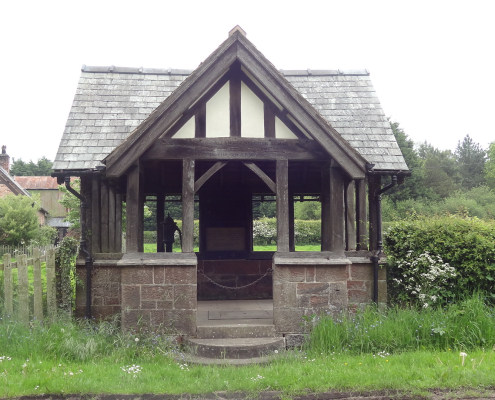Chester Society for Landscape History
Upper storeys of Chester’s iconic Rows (Photograph: Vanessa Greatorex)
Forthcoming Events
Saturday 25 October, 2pm
VISITORS WELCOME
Lecture: Discoveries at Basingwerk Abbey
Speaker: Chris Matthews, Clwyd Powys Archaeological Trust
Venue: St Columba’s Church Hall, Plas Newton Lane, Chester, CH2 1SA
Admission: Members free, Visitors £4, Student Visitors £2
NB: Free car park; for directions see:
https://sscolumbaandtheresa.co.uk/about/st-columbas-church/directions-and-location/
Saturday 29 November, 2pm
VISITORS WELCOME
Lecture: The Warburton Archaeological Survey
Speaker: Mike Nevell
Venue: St Columba’s Church Hall, Plas Newton Lane, Chester, CH2 1SA
Admission: Members free, Visitors £4, Student Visitors £2
NB: Free car park; for directions see:
https://sscolumbaandtheresa.co.uk/about/st-columbas-church/directions-and-location/
What is Landscape History?
Landscape History is the study of how people have altered the landscape through time.
It seeks to explain the historical significance of the buildings, earthworks, flora and other physical features which are our common heritage. It embraces aspects of history, archaeology, architecture, geography, geology, botany and other disciplines.
“The English landscape itself, to those who know how to read it aright, is the richest historical record we possess.” – W.G. Hoskins, The Making of the English Landscape (1955).
Picks of the Week
Here are some links to online landscape history resources recently recommended by our Information Officer and other members:
Dizzard Woods: a fragment of the UK’s ancient temperate rainforest
Located on Cornish cliffs, the woodland near Dizzard Point is more than 6,000 years old. Species include dwarf sessile oaks and wild service trees, supported by a varied mycelial network which includes puffballs and amethyst deceivers.
https://www.youtube.com/watch?v=NiFRlNagUGE
Bedale Hoard indicates Viking trade links with the Middle East
Geochemical analysis of a Viking hoard discovered by metal detectorists in North Yorkshire has revealed that a third of the ingots were made from silver with the same composition as Islamic dirhams. Experts believe that the dirhams were acquired through trade and then melted down to create the ingots. The other ingots appear to have been made from melted-down Anglo-Saxon and Carolingian coins. The hoard also contains silver jewellery and a gold sword pommel.
https://www.livescience.com/archaeology/vikings/1-100-year-old-viking-hoard-reveals-raiding-wealthy-only-part-of-the-picture-they-traded-with-the-middle-east-too
Click on the blue text at the end of this sentence for links to previously recommended Online Resources, or for links to specific topics, including: Directories/Databases/Aerial Photographs, Geology, Ecosystems, Prehistory, Roman, Anglo-Saxon, Viking, Medieval, Tudor and Stuart, Castles, Churches/Cathedrals/Shrines, Industrial, Cheshire, Wales, Other Locations.







